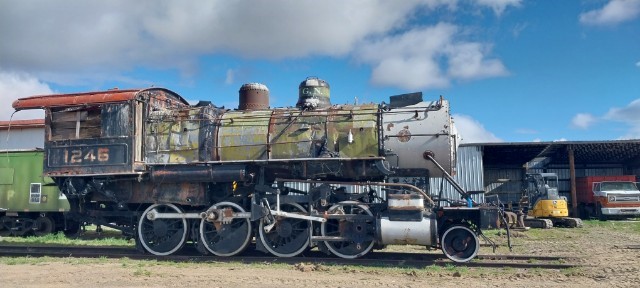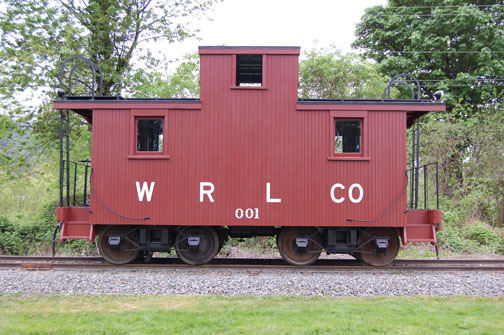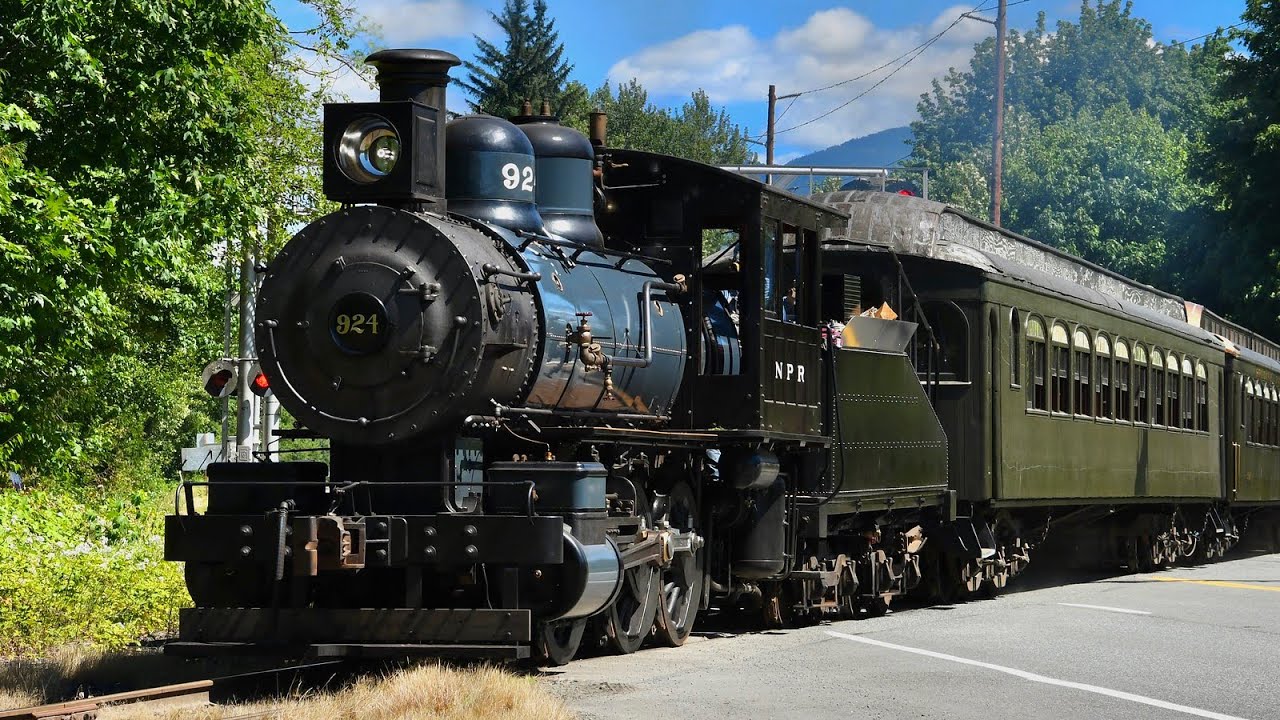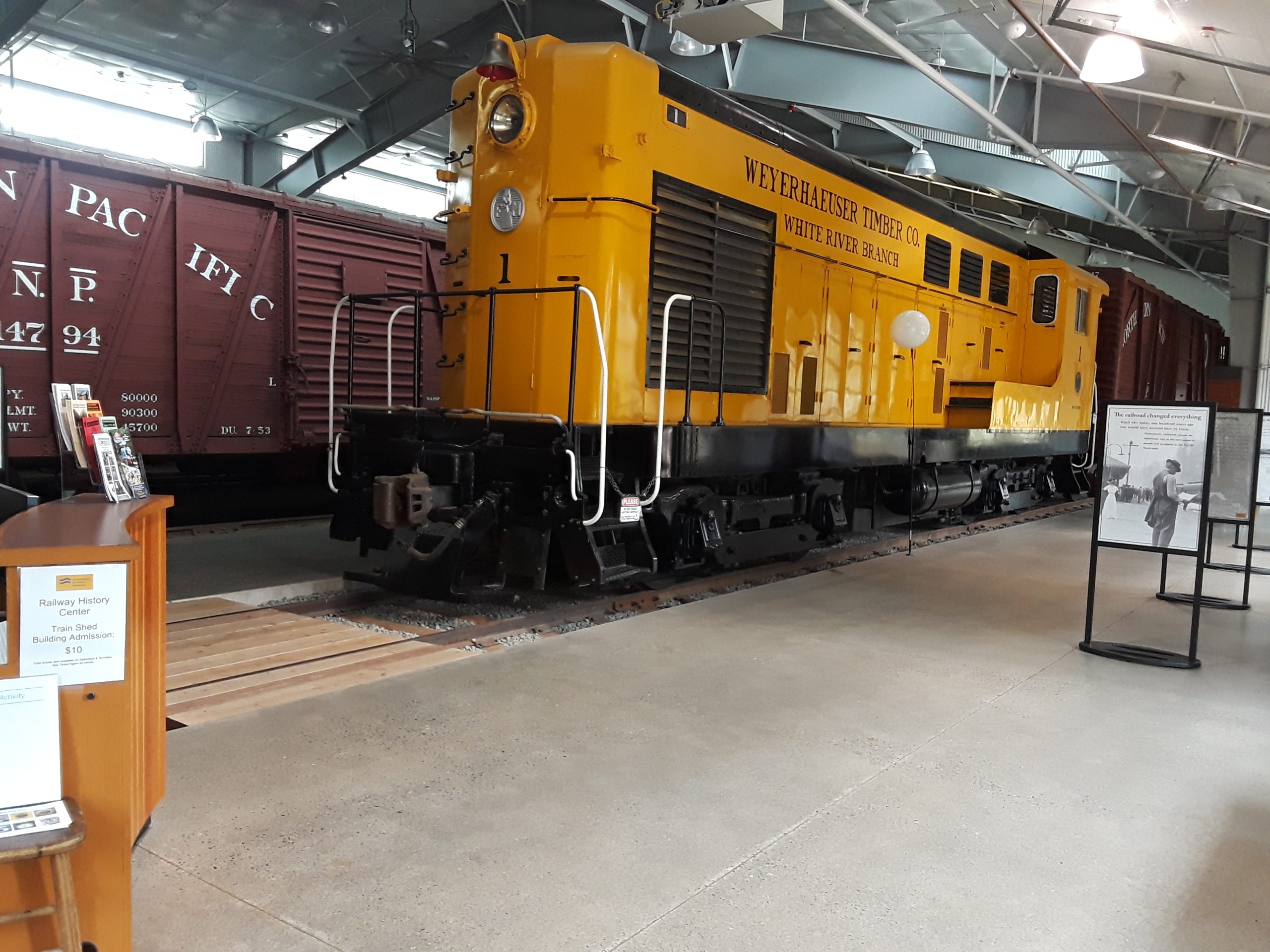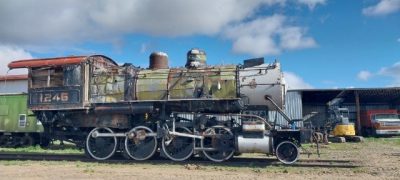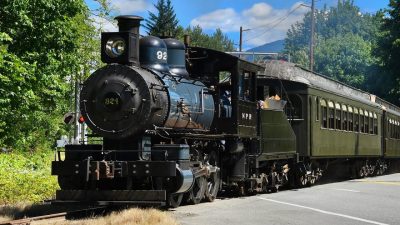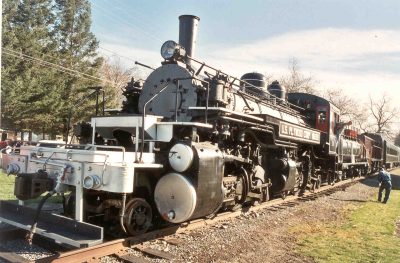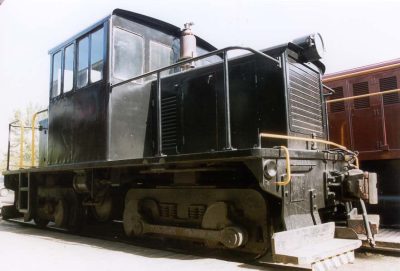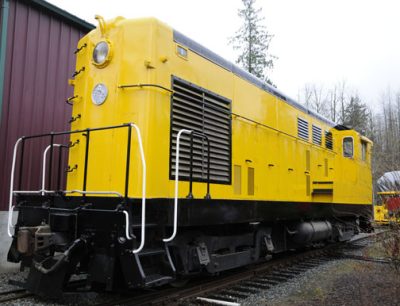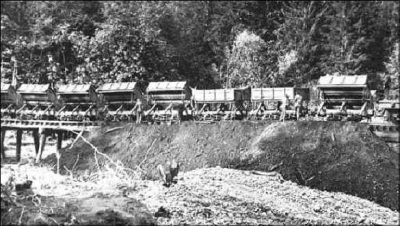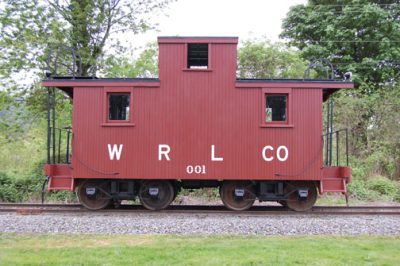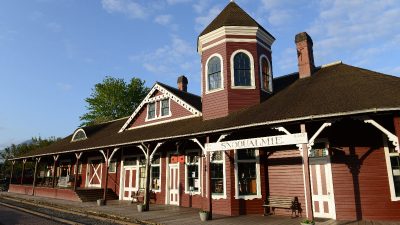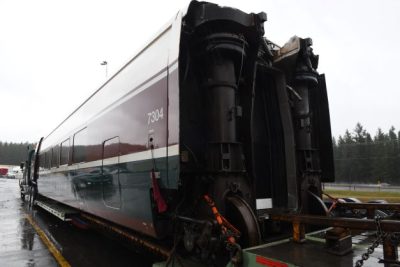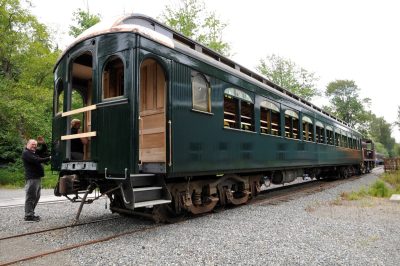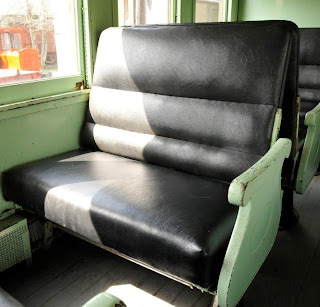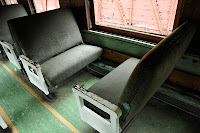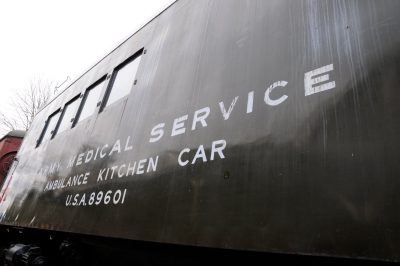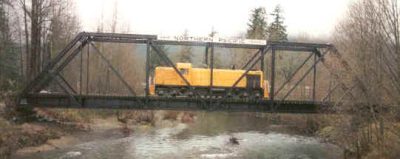A King County and City of Snoqualmie Landmark, Chapel Car 5 is also on the National Register of Historic Places under the National Criteria. Built-in 1898 for the American Baptist Publication Society, described as the brightest, biggest, and lightest of the cars, the Messenger of Peace was destined for a long life of service to the church. Constructed by Barney and Smith in their Dayton, Ohio works, the car was furnished with an oak interior and was austere when compared to other cars of the day, although this conservative appearance was not untypical for the Baptists. The Messenger of Peace was nicknamed "The Ladies Car" because it was funded with donations from 75 Baptist women who each contributed $100 towards The Barney and Smith Car Company's $7,500 purchase price. The car had a colorful and varied service life carrying the church's word to at least 11 states including West Virginia, Pennsylvania, Colorado, Missouri, Kansas, Iowa, Idaho, Montana, California, Oregon, and Washington. Car 5 was a feature exhibit at the Louisiana Purchase World Exposition in St Louis from April 30 - December 1, 1904. The Messenger of Peace was notable for its many years of service in Washington State. In King County alone, the car visited dozens of communities. The Messenger of Peace continued to serve the church until 1948 and was the last of the American Baptist chapel cars to be retired. It had a significant impact on the lives of people throughout the Northwest and visited towns and villages in nearly every county in Washington.
View More

